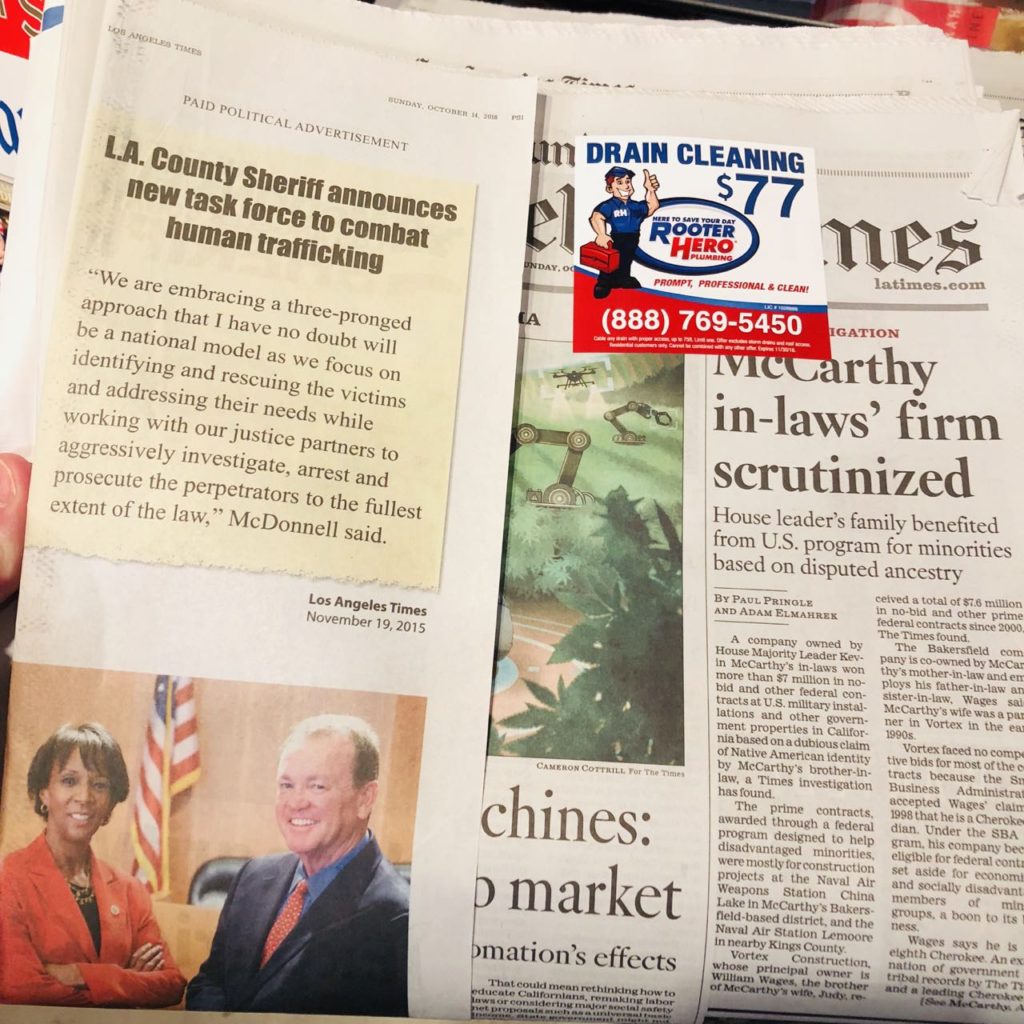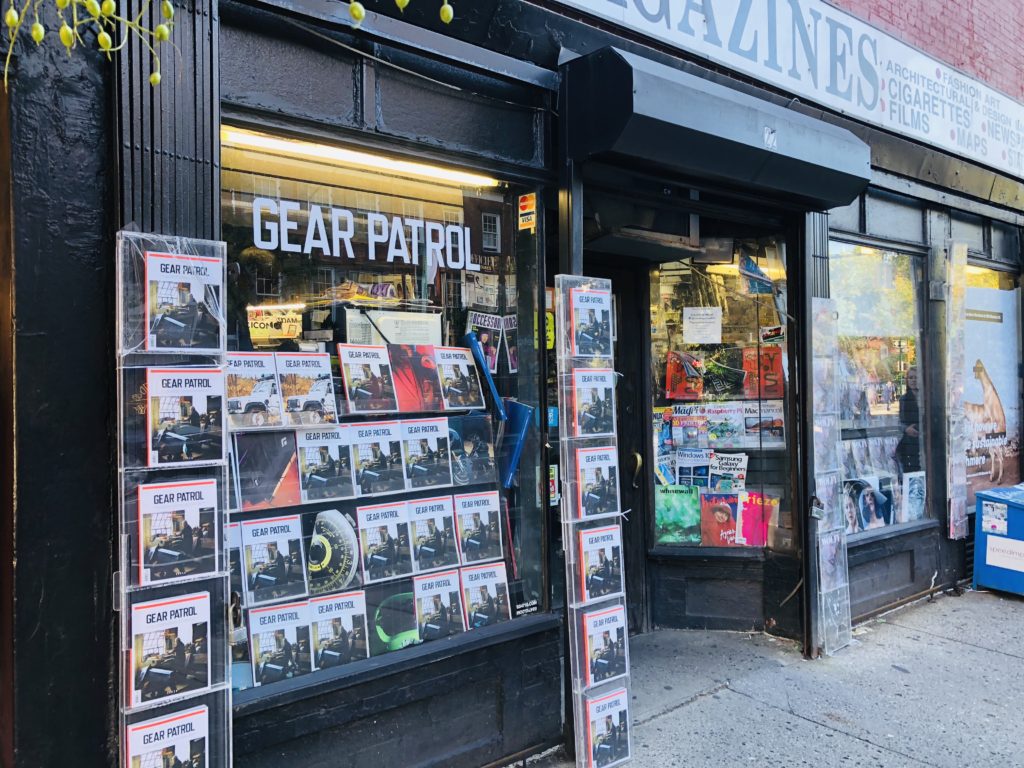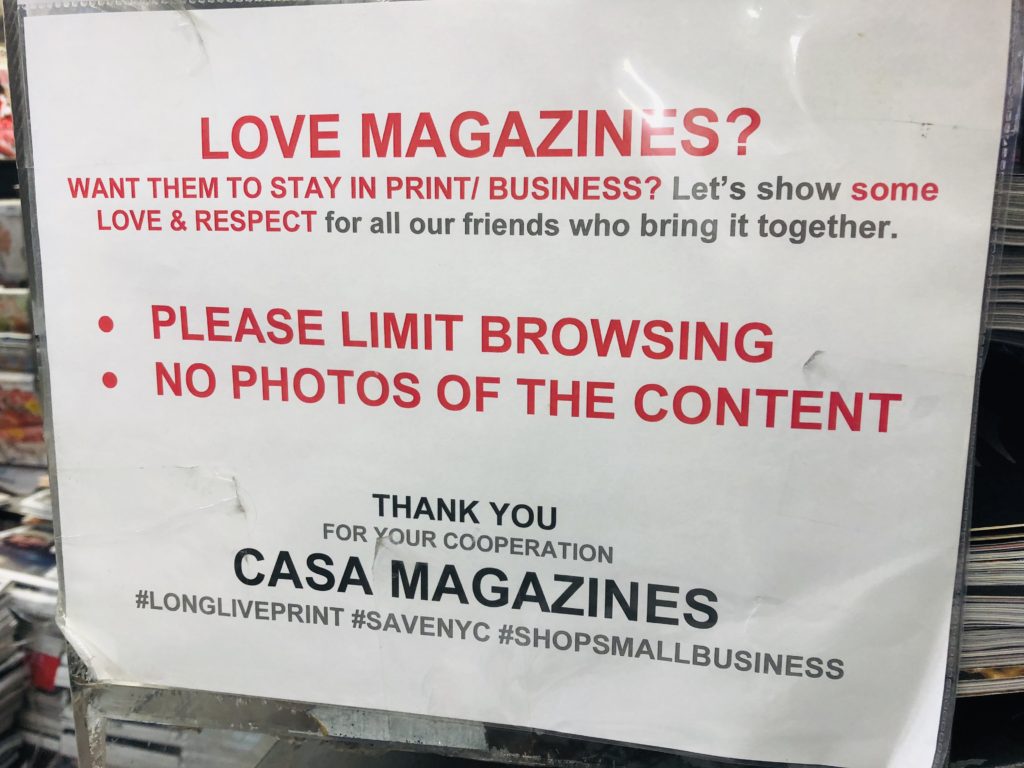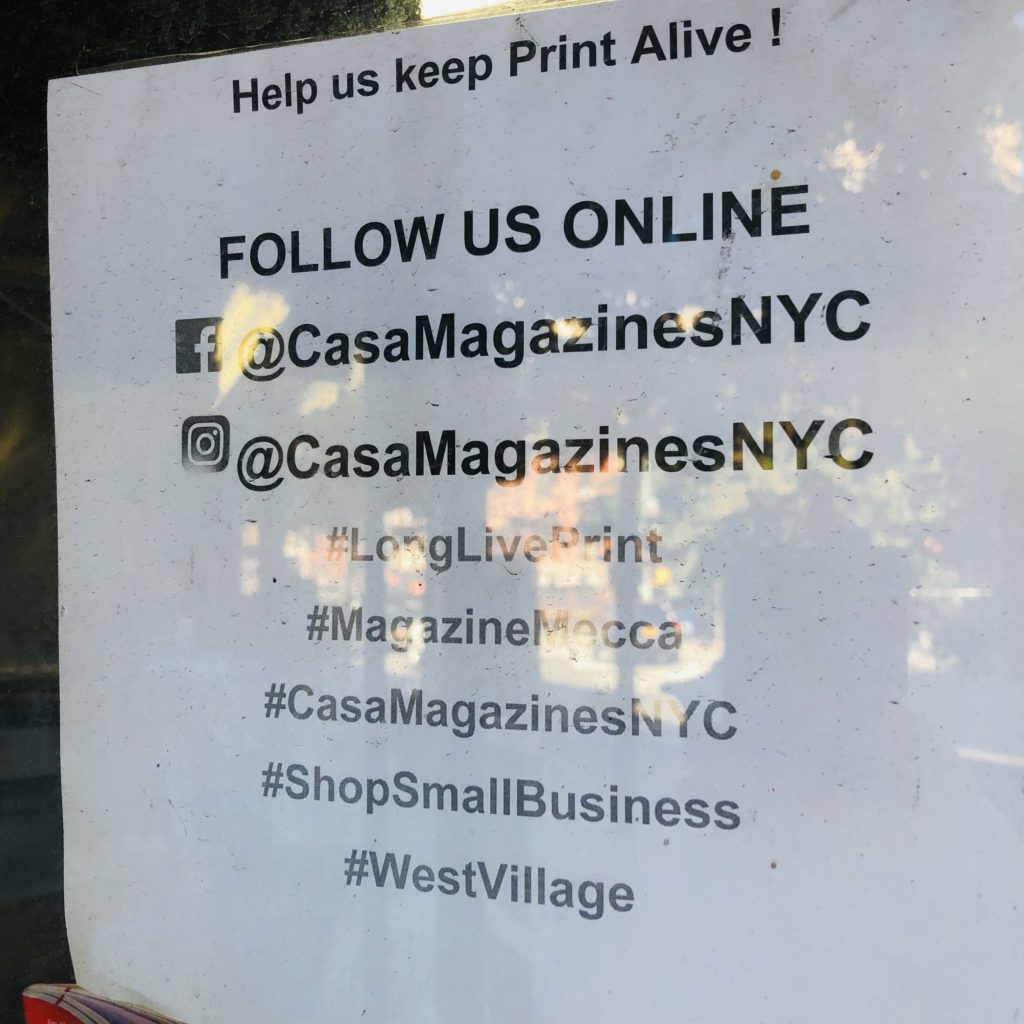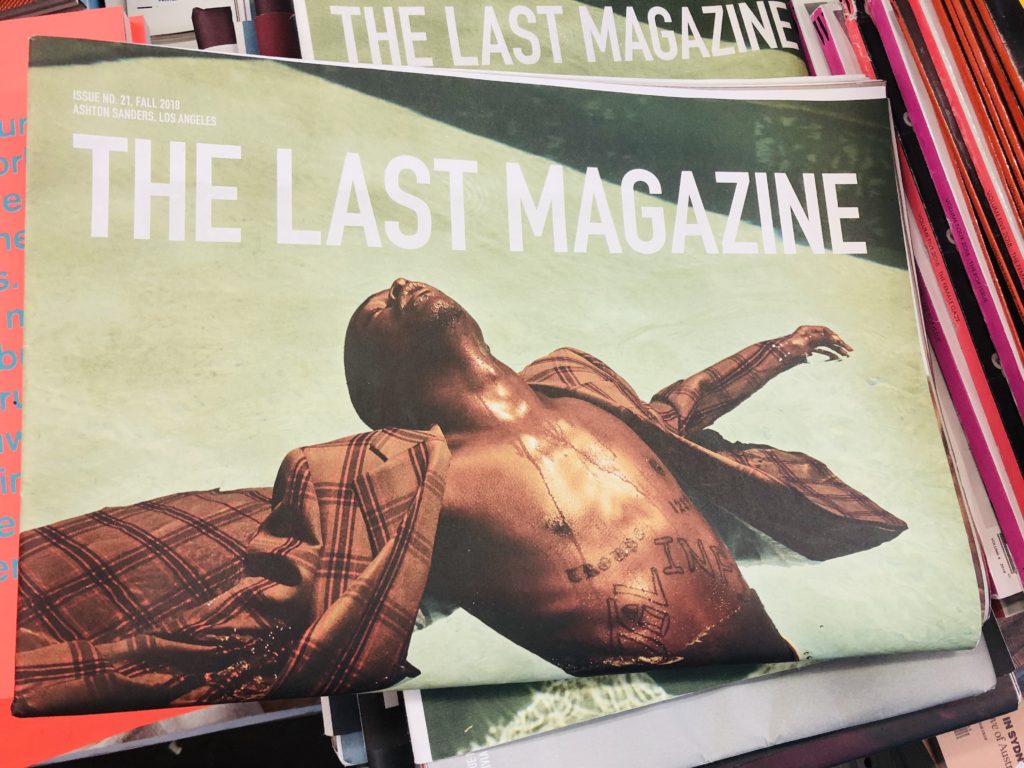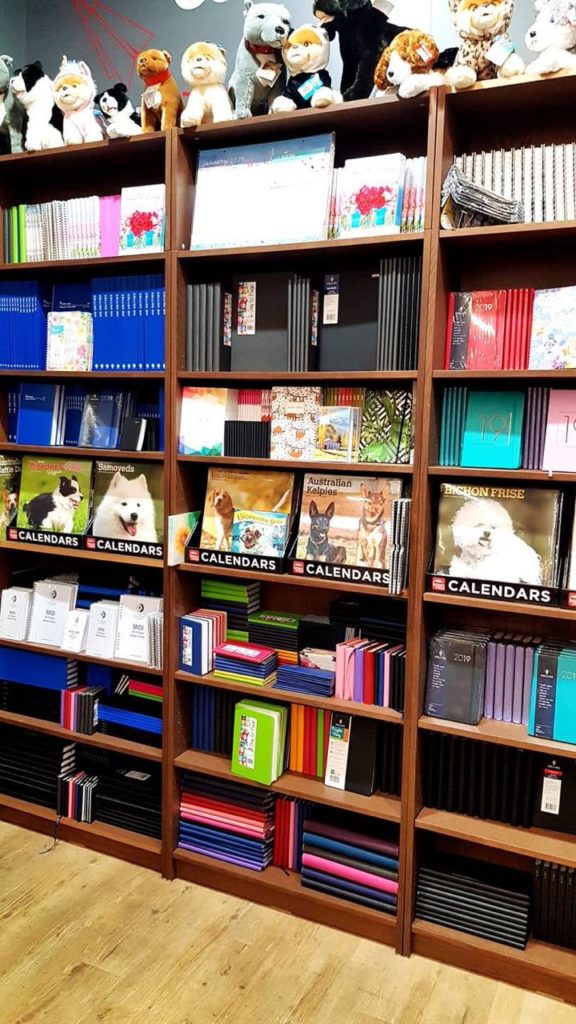The latest Toy sales results show the value of this category
Australian toy sales data collated confidentially for the Australian Toy Association, retailers and suppliers, provide valuable insights into performant and trends. The regular reports are a wonderful insight for people fortunate to have access to the data.
The toy category is strong and valuable to retailers engaged with it. 2018 is proving to be a terrific year in this category for retailers that manage the category to success. By this, I mean retailers who buy what sells and replenish with what sells.
This is on my mind today because of a conversation with a retailer over the weekend who did well with a toy range, replaced it with another toy range that did not work and therefore feels that toys are not tight for their business. Their mistake was that they did not replenish with what was successful.
Let’s look at the performance data in some detail. $1,200 worth of inventory at wholesale moved in six weeks. It was their first play in toys. They did not replace the licenced range from within that range. Instead, they went with a new range, but still in the toy space.
Ignoring the excellent good news from their first crack at toys, they decided to quit toys altogether based on the second experience.
Had the buyer in the business purchased inventory based on what was selling, by now they would be on their further or fifth order as the licence remains very popular.
Toys are strong. However, you need to buy well, buy to trends and replenish based on your success data.
But back to the latest ATA sales data, here are some takeaways at a headline level:
- Toys are strong.
- Challenges for some majors are helping independents.
- Average pricing is holding up.
- Building Sets/CONSTRUCTION trending upwards.
- Plush continues strong with terrific results.
- Harry Potter licence is strong and delivering growth.
- LOL Surprise continues growth.
- PAW PATROL licence continues build.
I’d also note that for newsagents, toys are a net new traffic driver. They work front of store, in their own department and at the counter for easy impulse purchase.
If I look at my own situation, in one of my stores toys account for over 30% of revenue with GP sitting at above 50%. Our buying is data driven and our out of store marketing is not newsagency related.






